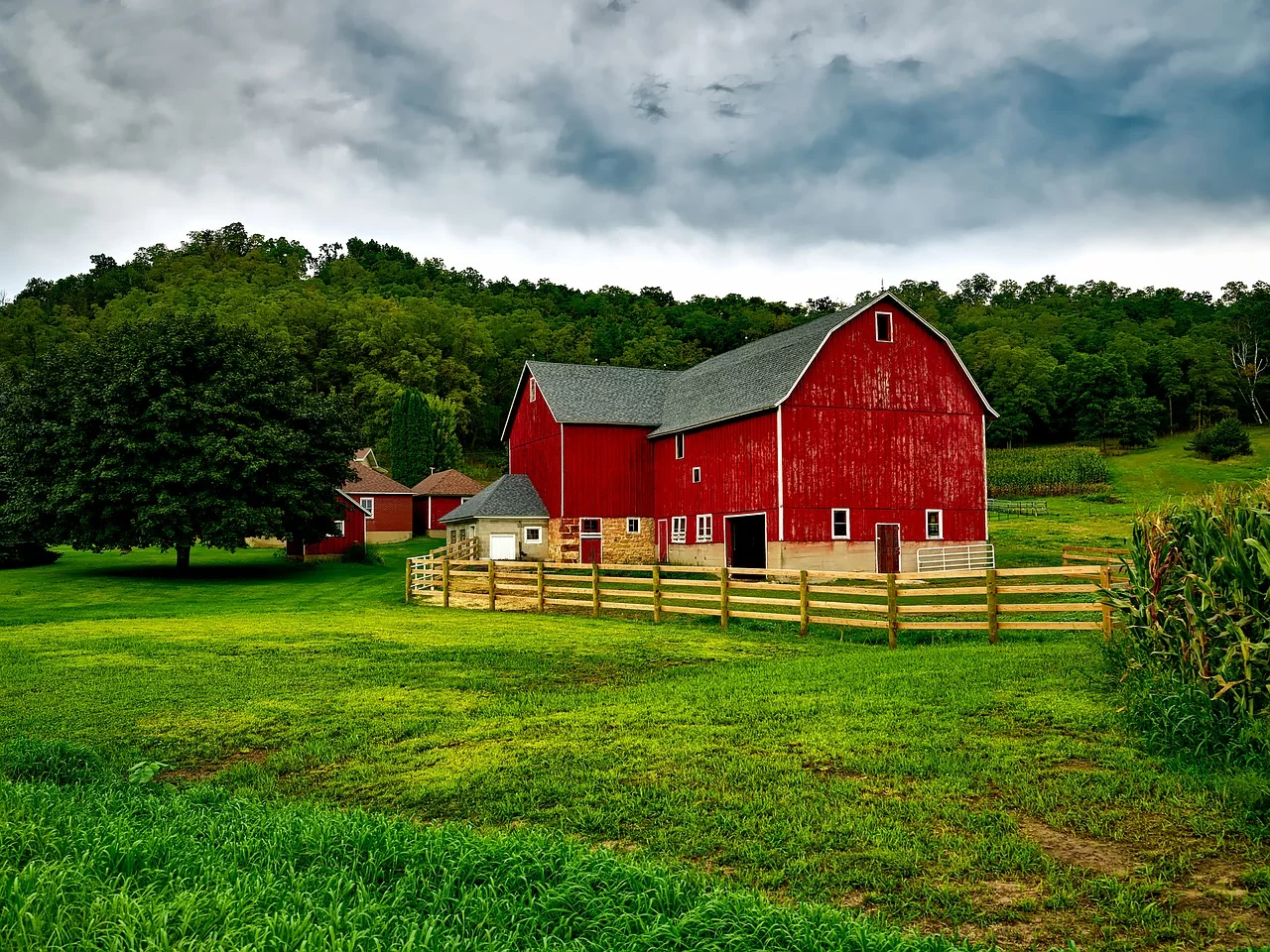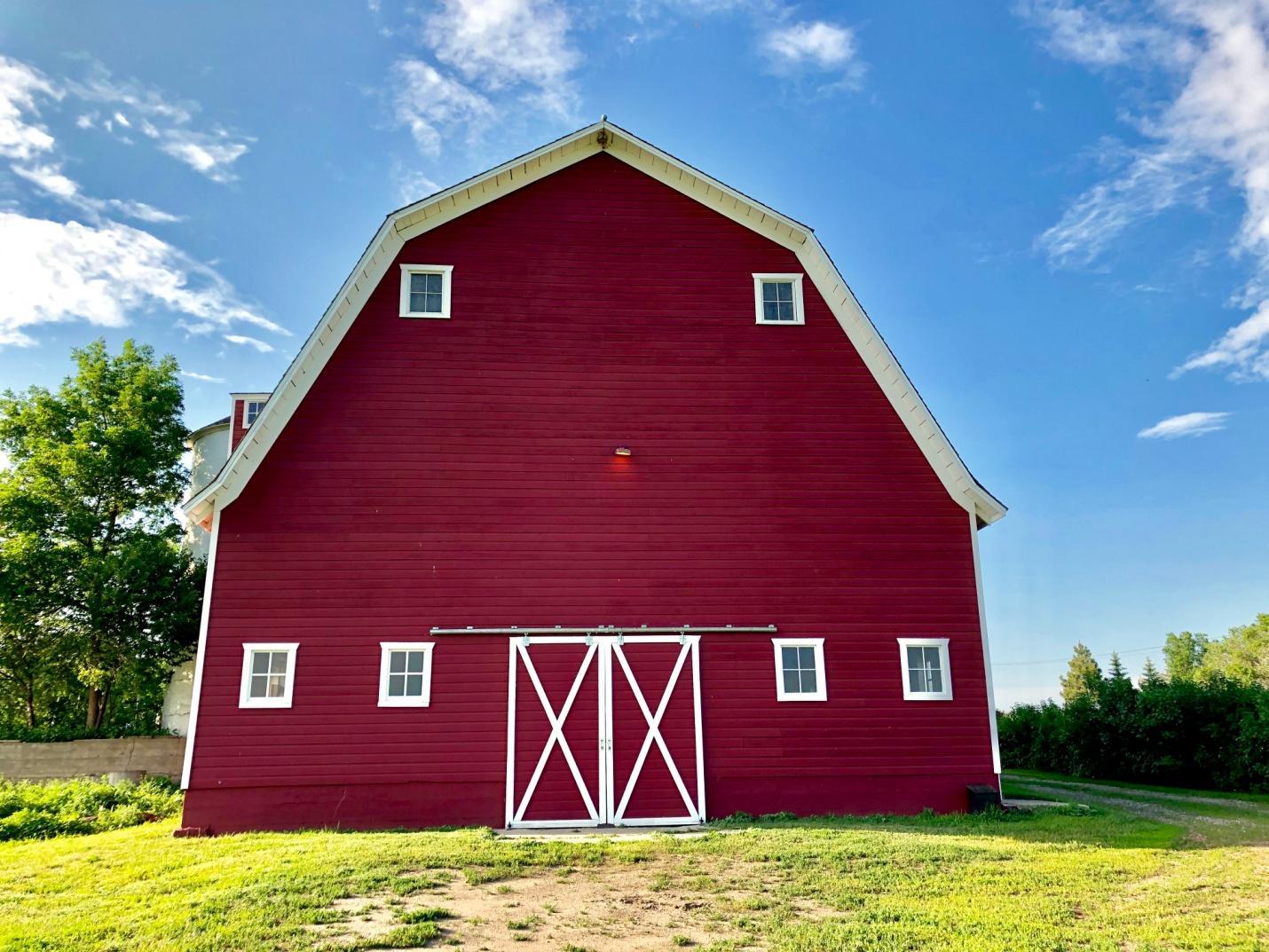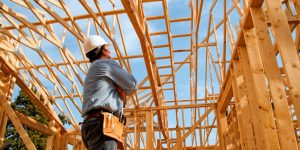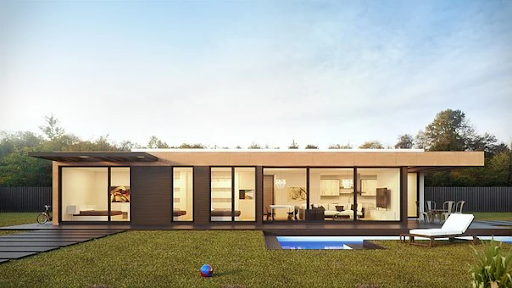
Ever heard the phrase “raised in a barn.” It’s supposed to be insulting. But what if it wasn’t? What if the barn is actually a barndominium, a combination of a traditional barn and a condominium? Talk about reinventing the wheel.
The trend of building barndominiums has become the latest real estate rage featuring incredible designs. A barndominium, or barndo for short, can be anything from a high-end home to a very basic housing structure. A similarity between barndos being built today is that they are often sheeted with metal on the exterior, giving a classic-modern paradoxical vibe.
History of Barndominiums
Barndos have been rising in popularity in the past few years, but they first appeared on the real estate scene about a decade ago. The original barndo was a simple living space created inside a barn. The exterior maintained the traditional barn look, but the inside was tweaked into a house.
Newer designs are more elaborate and intricate with a complete steel structure overhaul of the exterior. Of course, to be considered a barndo, it has to maintain some of the original aesthetics of a barn, but these can be as few, or as many as the homeowner wants. While the first barndos on the real estate scene were existing barns, currently, people are opting to build new barndos from the ground up.
Related: Farmhouse Style Modulars
What to Consider Before Building a Barndo

There are three main questions to answer when considering a barndo:
-
Is it a primary residence?
-
Is it a rental or investment property?
-
Is it a vacation home?
These questions inform the pertinent decisions one makes regarding the house, like how many bedrooms and bathrooms, furnishings, utilities, and maintenance. Once, the purpose of the barndo is determined it’s time to calculate the cost of building one.
Barndominums: Pros and Cons
Barndominums have been becoming more and more popular recently -- and for a good reason. They are unique homes that provide the country charm that some people want out of their house. Let’s look at some pros and cons of purchasing and owning a barndo:
Barndominum Pros
-
Barndominums are incredibly durable, which is one reason they are so popular in rural areas. Commonly made out of steel, they can withstand the elements better than a wooden home.
-
Barndos with metal frames don’t take much time to get built -- in some areas, you can have your new barndominium ready in a couple of weeks.
-
They are dual-purpose; if you are self-employed, barndos are an excellent choice. You can run your business out of it for less than renting a commercial space -- and you get to live there too.
-
Barndominuims offer a ton of space. Rooms are typically partitioned off rather than being walled in -- decorating is easy.
-
Barndos are eco-friendly. Made out of environmentally friendly materials, these homes offer excellent insulation -- you can reduce your carbon footprint and save on heating and cooling costs at the same time.
-
Renovations are simple. Old barns on land that belonged to retired farmers can be renovated and turned into a fantastic barndominium.
Barndominium Cons
-
The metal frames that barndominiums are made out of make them durable structures -- but they are also at risk for corrosion. Especially in more tropical climates, you have to keep up with maintaining the metals to prevent corrosion.
-
Steel frames, while less expensive than building a typical home with one, can still be costly. Converting an older barn into a steel frame structure does help with this con, though.
-
Rural communities generally have more relaxed building codes than larger cities; if you’re looking to build a barndo in a modern city, you might run into problems -- some cities don’t allow these structures.
-
Barndos are typically single-story and offer less customizable features. Almost all barndominiums are built in a one-story, warehouse-style layout, and the open floor space will need to be divided after it is built.
-
Barndominums are usually standalone units located on rural properties; if you are looking for a sense of community, these homes might not be the right choice for you.
-
Even with high-quality insulation, most of the sounds coming from outside will be louder in a barndo due to the metal construction. This isn’t typically a massive problem since barndominiums are usually located in more isolated areas.
-
The initial purchase price isn’t the worry for real estate investors -- there is low availability of barndos in the real estate market.
-
Due to building codes, you’ll probably have to pay to install fire sprinklers in a barndominium.
-
Steel structures are susceptible to fatigue and can become brittle over time. Additional steel columns help relieve this issue but add to the cost of the barndominium.
Is a Barndominium Right for You?
While these pros and cons are by no means an exhaustive list, they can help you decide if a barndo is right for you. Barndominiums offer a unique way of living outside of the city and closer to nature. They usually come with access to plenty of land and open space at a reasonable cost. You can have your dream home without needing a lot of energy or labor, but the barndominium life isn’t ideal for everyone.
Barndo Design Ideas

One of the best parts about barndominiums is the freedom it gives you when it comes to interior design. From rustic looks to modern design, you can do it all with barndos. Here are some of our favorite interior design ideas when it comes to decorating a barndo:
-
White interior walls with dark wood flooring gives the home a clean aesthetic while maintaining the original rustic charm.
-
Classic French doors leading into the living room helps keep the feeling of an actual barn, while not taking up additional space and allowing lots of natural light.
-
Furniture with dark metal or wooden frames is perfect for barndos!
-
With the vaulted ceilings and loft above most barndominiums, rustic wood staircases with metal railing make a great loft entrance.
-
Butcher block counters on a long kitchen island and colorful bar stools make a barndo’s kitchen feel like a welcoming communal space.
-
Keeping seating in the living room towards the middle, rather than against the walls, gives barndominium’s that country welcome your guests will love.
There are so many different ways to decorate the interior of a barndominium; the sky really is the limit!
Now that you’re wondering if a barndo is the right home for you let’s take a look at the costs.
The Cost of Building a Barndo
The cost of building a new barndo is higher since most everything is started from scratch. This includes verifying that a barndo is allowed by the zoning regulations of the locale the house is being built in. If it’s permitted, any permits or certifications involved need to be paid for in order for the construction to start.
Anticipated costs
Lot prep fees
In both cases, one needs to budget for lot prep fees, which is the money paid for the preparation of the land before it’s built upon. If the structure is constructed from the ground up, there is the clearance of the area, drainage of any nearby swamps that may interfere with the construction, and having the land graded if it isn’t flat, to begin with. Depending on the steepness of the terrain, one can spend between $3 and $15 per square foot to grade the land.
Permit fees
Regular building permits must be acquired before, during, and after the construction. The permits range from a building permit, an occupancy permit, septic permit to an electrical permit, and many others along the way depending on the nature of the construction.
In some cases, the owner may want to have their own general inspections of the site done to test the soil and water, amongst other things.
Utility costs
For the home to be fully functional, utilities like electricity, gas, and water must be hooked up to the structure. The concerned companies will charge for their installation. Even for owners who want the homesteading lifestyle, there’s the cost of drilling a well, building a septic tank, and installing solar panels.
Construction materials
The actual cost of construction materials is dependent on what the homeowner chooses. High-end materials like marble tend to drive up the cost, which can be mitigated by using granite or quartz instead. Ordering materials in bulk is cheaper than ordering in batches.
Labor
From the builder to the building assistants, this cost can be mitigated by negotiating a rate that takes into consideration that the construction work is a long-term project. Begin by finding a builder and assistants who are well versed in building barndominiums. Because of the intricacies of working with a steel shell, the project needs someone with the relevant expertise.
Financing Options for a barndominium

A construction loan
This is also known as a self-build loan, and it’s a short-term loan that covers the cost of build the house. The construction loan has a higher interest rate than a traditional loan. However, once the construction is completed, one can refinance it into a mortgage. Construction loans require a higher down payment compared to traditional loans because they are more high risk.
Related: Documents needed for a loan
Cash
Tap into savings or sell off some assets to personally finance the construction of the house. This may be hard to achieve, but in the long run, it’s the safest route since one doesn’t owe anyone upon completion of the construction. If this is the option one chooses, it’s crucial to begin the process of saving long before starting the construction.
Sell the existing house
Sell an existing home to cover the cost of the construction. One may have to move into a smaller or less expensive space for the duration of the construction, but once it’s completed move into the new house and back to comfort. It is crucial to ensure that there are no existing mortgages or financial issues attached to the older home to guarantee a smooth sale.
-
Barndominiums are an excellent way to explore a retirement home or a family home with a quirky but trendy twist. Whether you’re thinking of buying a barndo or a mobile home, we can help you step out into a new world of fun architectural design and structure.
To learn more about factory-direct mobile homes from organizing the shipping, to building the foundation check out Home Nation today!









